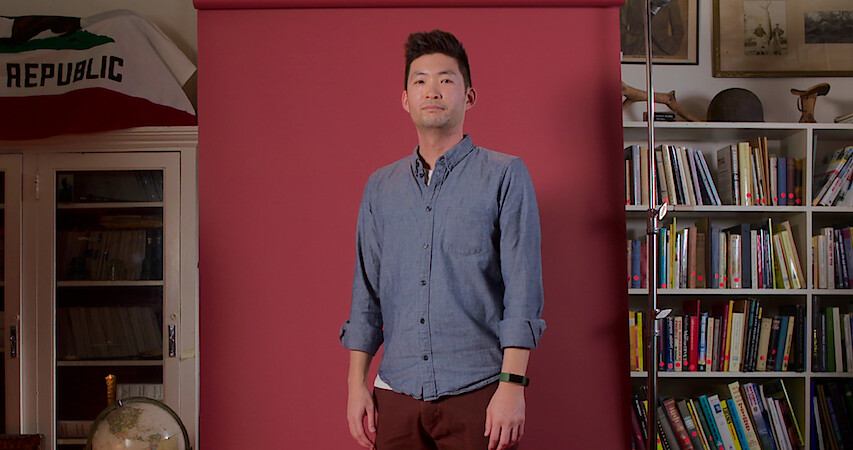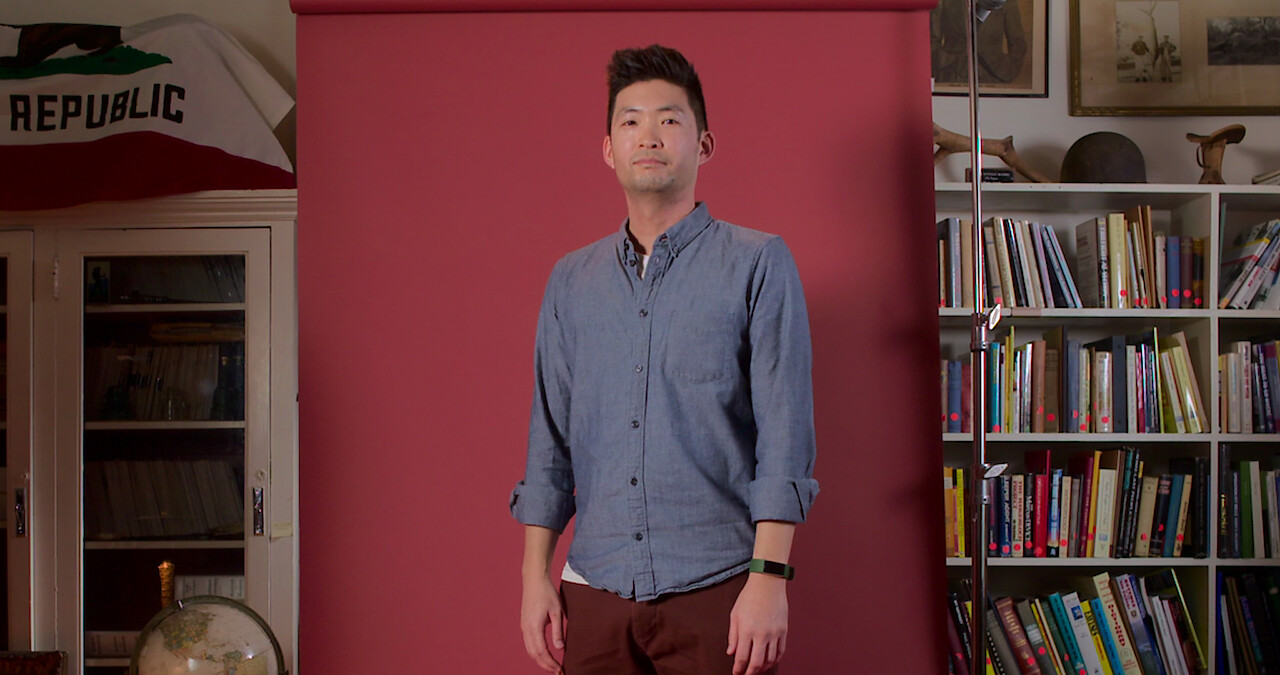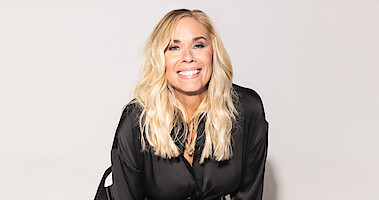





Twenty years ago, Abercrombie & Fitch was at the height of its popularity as a clothing (and fragrance) destination for teen shoppers; it was only a few years out from a name-check in the LFO earworm “Summer Girls.” It was in the midst of this that the brand released a now infamous line of graphic tees that quickly sparked widespread fury within the Asian American community. As the recently released documentary White Hot: The Rise & Fall of Abercrombie & Fitch contends, A&F built its brand by marketing a culture of exclusivity that often came at the expense of marginalized communities. Part of that involved mocking people of Asian descent by selling T-shirts emblazoned with racist depictions and slogans like “Pizza Dojo — You Love Long Time — Eat In or Wok Out” and “Wong Brothers Laundry Service — Two Wongs Can Make It White,” which depicted two Asian men with cartoonish slanted eyes under conical hats. Phil Yu, who runs the Angry Asian Man blog, called the designs “pop culture Orientalism” in White Hot. “It’s all this stuff taken from people’s understanding of Asians if you just watched American TV and movies,” he says.
Despite the overt racism on display, the $25 T-shirts initially flew off the shelves, snapped up by consumers who found the slogans to be funny enough to wear. At the time, media outlets even made a point to report that some Asian Americans didn’t find the T-shirts to be offensive. In addition, there were reports that Asian American designers were in the room when the controversial T-shirts were given the green light. “Two of the main team people were Asian Americans, which is why it got approved in the first place,” says Savas Abadsidis, the former editor-in-chief of A&F Quarterly, in White Hot. In response, Yu points out the pressure against speaking out if you’re one of the few minorities within a company with a strong corporate culture of exclusion: “Is he gonna flip over the table and be like, ‘I think this is really offensive to my identity’? In that environment, in this corporate stuffy environment where everyone around you is white... I don’t know if that’s a safe place to do that.”
Whatever took place behind the scenes, the brand’s message to Asian American consumers seemed clear: “Can’t take a joke?”
“Remember, Abercrombie, at this time, was the thing,” recalls Evan Low, a California state assemblymember representing Silicon Valley and an undergraduate student at De Anza College during the incident. “It was the thing to be part of, so why would you not want to be part of that mainstream culture?” Low, along with a few like-minded classmates, came up with a plan to protest at the local Westfield Mall. “I remember we made these little slips [that said] ‘Protest racist Abercrombie,’” Low recalls. “We would go into the mall and put it in their clothes, just as [many] as we could find. Of course, we got kicked out.”
Across the country, scores of Asian American college students and advocacy organizations staged protests in front of Abercrombie stores, also writing letters and emails to both the brand and the malls where Abercrombie & Fitch had storefronts, demanding the product be removed. Utilizing the relatively new power of the internet, Asian American activists were able to mobilize quickly and effectively, galvanized under a common sense of outrage.

Yu wrote about Abercrombie & Fitch’s controversial shirts in his blog, Angry Asian Man.
It worked. Just a week after the shirts first became available, Abercrombie pulled them from its 300+ stores. Through spokesperson Hampton Carney, Abercombie told The Associated Press that the company was “very, very, very sorry,” but declined to issue a formal apology from the CEO. Instead, the company offered an excuse for its actions by pointing out that it makes fun of everyone. “We never single out any one group to poke fun at," Carney said at the time. “We poke fun at everybody, from women to flight attendants to baggage handlers, to football coaches, to Irish Americans to snow skiers. There’s really no group we haven’t teased.”
“We personally thought Asians would love this T-shirt,” Carney told The San Francisco Chronicle. “The shirts were designed to appeal to young Asian shoppers with a sense of humor.”
Over the last two decades, Abercrombie has undergone some major changes that have fashioned the much-maligned brand into a more inclusive company. In 2015, the U.S. Supreme Court ruled that Abercrombie & Fitch had violated the Civil Rights Act of 1964 by refusing to hire Samantha Elauf, a Muslim woman who’d worn a headscarf to her job interview back in 2008, on the basis of her religion. The Supreme Court’s decision served to confirm that Abercrombie’s infamous “Look Policy” — a stringent set of guidelines that dictated practically every detail of an employee’s appearance — was a thing of the past. Just a few months prior, Abercrombie essentially did away with the policy, announcing, among other things, that it would allow employees to wear clothes from other brands and stop hiring people based on their looks. Under the current CEO Fran Horowitz, who took over the company in 2017, Abercrombie has completely rebranded itself as a trendy, wholesome retailer geared toward young professionals, with a focus on authenticity, diversity and inclusion.
Today, when companies place an ever-increasing emphasis on inclusive marketing and culturally sensitive representations of their customers, it may seem unthinkable for an American brand to pull the same kind of stunt that A&F did in 2002. However, Low argues that the same type of discrimination still persists, albeit in perhaps more coded forms.
“This is the part of the dark underbelly of American society, and every generation will have its different Abercrombie. Maybe it’s not just as direct as these offensive T-shirts, [how they depict] us in terms of imagery. But nonetheless, it still represents the same type of xenophobia that we are working so hard to fight. That’s why it is incumbent upon us to speak out swiftly and take action, to call it as we see it and acknowledge our own history.”





